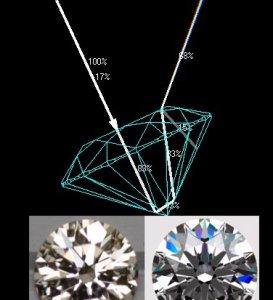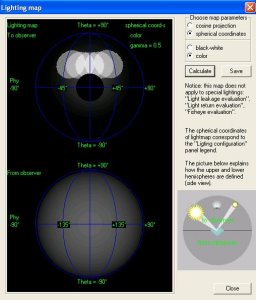JohnQuixote
Ideal_Rock
- Joined
- Sep 9, 2004
- Messages
- 5,212
Ok, there were several examples flying around. I posted results for the porch stone it seems (which was over 7 degrees). I'll download the other one and work it up tonight, or on the plane tomorrow. Thanks for posting it again.Date: 5/26/2006 1:50:22 PM
Author: Rhino
I gave that model to Sergey on that thread when I had posted a picture of a painted vs non painted wherein I could easily see the difference when I was sitting on my porch in the shade and Sergey asked me specifically for the models of the 2 stones in that particular photograph. Sorry if there was any confusion there John.


















300x240.png)